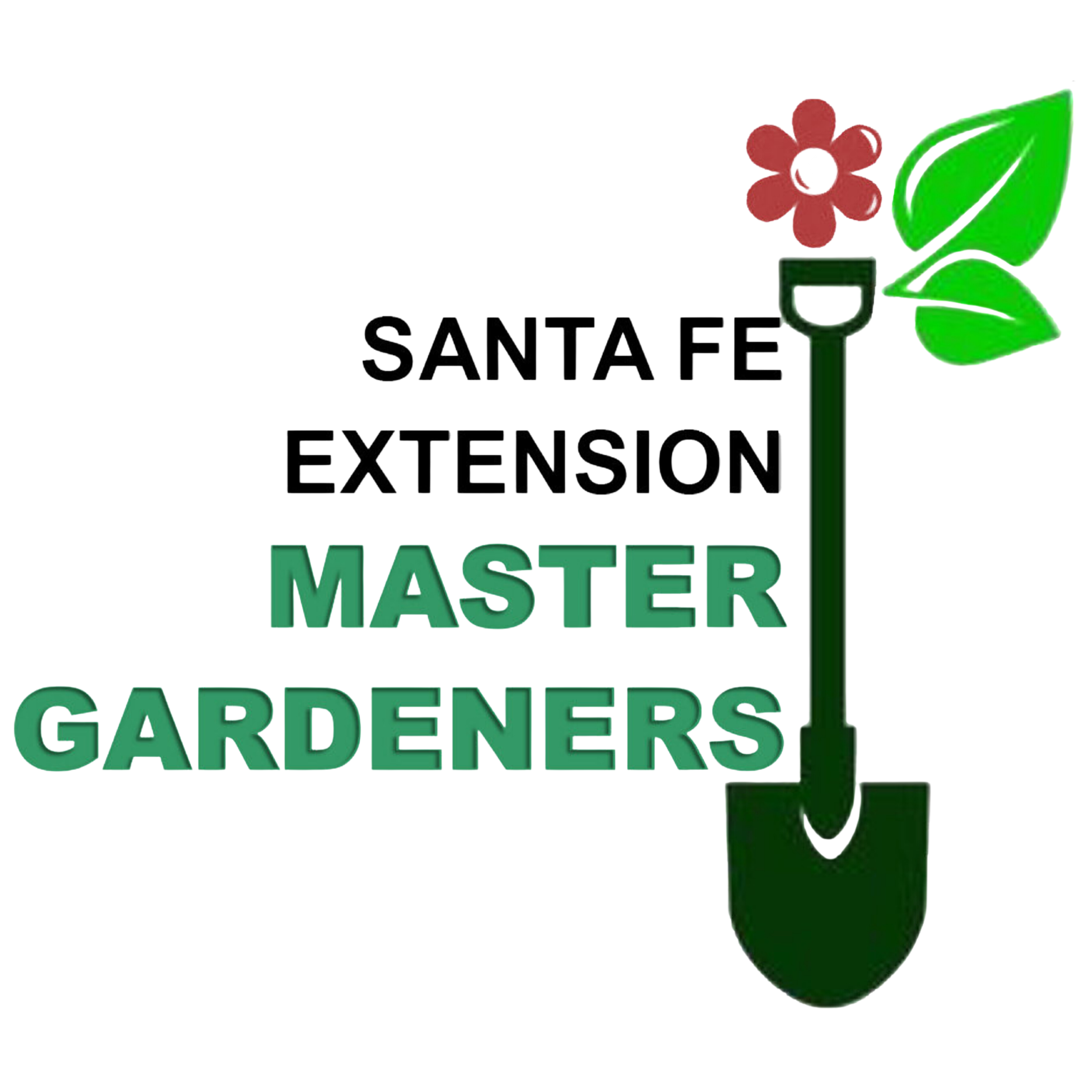Garden Life 2020
Garden Life Goes On
by Sarah Baldwin
These days I head out to the garden first thing in the morning. Not much is happening there yet—deep yellow crocuses and purple iris reticulata have come and mostly gone; daffodils are on the cusp; tulips and grape hyacinths are awake but not quite blooming; the tiny dark buds on the redbud tree are biding their time. But the morning light is calm and warm enough. I drink it in for at least fifteen minutes before going back inside and opening my laptop for the obligatory slam of frightening news.
It’s such an odd tension, the sweet, ephemeral beauty of early spring quietly unfolding in a mind-bending global crisis. We wash our hands until our knuckles are raw, fret over sanitizing steering wheels, cancel dentist appointments, meetings, dinner dates. Still, when I’m out in the backyard, my fingers are not fearful of the dirt. I want to touch everything out there. The contact is different from human-to-human contact, but it is real and satisfying.
We’ve been told to isolate, or “distance,” ourselves from each other and stay put as much as possible, and most of us are complying, painful as it may be. The enormous momentum of the season, with all its optimism and plans, and the demands of the current human situation seem to contradict and frustrate each other. But gardeners still have their gardens. While the larger world appears to be morphing into something unrecognizable, we can step outside and interact with the eternal and the familiar.
I had big plans for the garden this year. Some or most of those plans may not come to fruition. A few local nurseries were open as of this writing, but they may not be in a week or two. If you’ve been growing plants from seed, good for you—I’m not among you. But I have established plants to tend to, and I am grateful for the opportunities they give me. They’ll get a whole lot of love this year.
One thing I am already doing is looking more closely. Several years ago, I planted some hellebores in a small shady area where nothing else I tried did well. The late winter sun is low enough to reach this patch and gives the very early blooming hellebores just enough light to bloom well. Recently I lifted one of the nodding, cream-colored flowers and noticed the petals were delicately freckled with purple, something you would not normally see because the flowers face downward.
I also plan to spend some time learning to identify the insects that visit various plants. I can tell the difference between a bumblebee and a honey bee and a tiny native bee, but I’m pretty ignorant beyond that. SFEMG’s own Pam Wolfe, who knows much about the insect realm, recommends a couple of NMSU guides: One Hundred Common Insects of New Mexico and Backyard Beneficial Insects in New Mexico.
I’ve been diving into a stack of unread or only partly read garden books as well as revisiting some I know well. A few months ago, I was at a used bookstore in town and was lucky enough to come across a full-color edition of Robert Nold’s High and Dry: Gardening with Cold-Hardy Dryland Plants (Timber, 2008). I highly recommend this entertaining and beautiful book as a great, if idiosyncratic, resource for gardening in our climate. Unfortunately, it is currently only available through print-on-demand, with the interior in black and white; if you find it online from a reseller, be sure to ask first if it is the full-color edition; Nold’s many photos and his wife’s exquisite illustrations are a big part of the book’s appeal.
If you pay attention to birds, now you have more time to do that, and it’s a good time of year for it. A charming book to get you in the spirit of close watching and listening is Private Lives of Garden Birds, originally published in 1984 (but get the 2002 Storey Books edition). Written by a naturalist under the pen name of Calvin Simonds, the book looks lovingly at 11 common backyard birds. The author’s folksy tone and amusing personal anecdotes belie his rigorous scientific background—the reader feels encouraged to sit outside and make her own observations.
It’s a deeply unsettling moment we’re living through. All the more reason to take refuge in the places where we can connect with nature, whether in the privacy of our yards, on a late-afternoon walk, or through reading about the plants and creatures whose lives are going on all around us.
